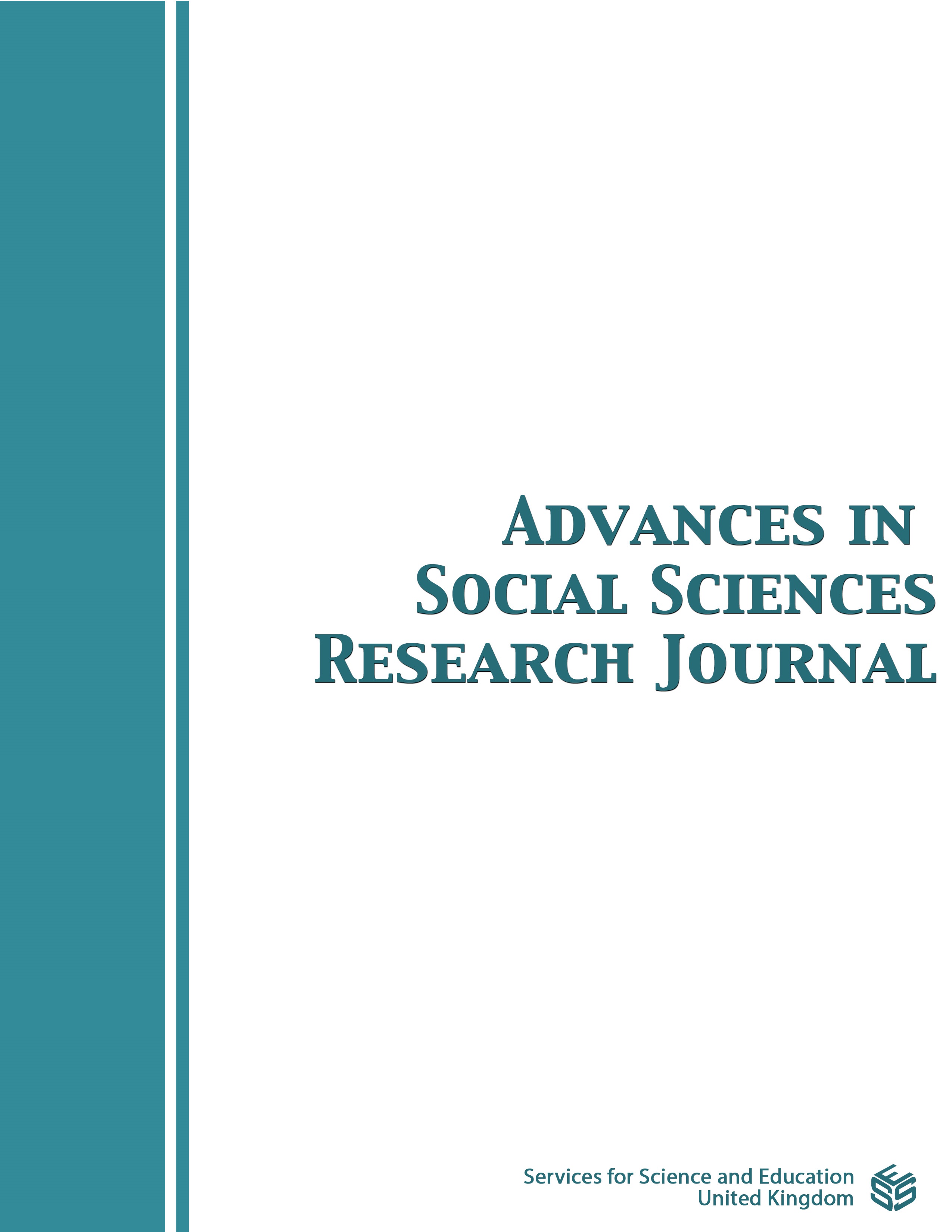Use of the Social Vulnerability Index in Investigating Transit Deserts
DOI:
https://doi.org/10.14738/assrj.96.12514Keywords:
Keywords: Social Vulnerability Index, Transit Deserts, Demand Prediction, Decision-MakingAbstract
Accurately predicting the true demand of transit is one of the most challenging and crucial matters that various departments of transportation are attempting to solve. One of the tools for predicting the demand and creating the proper infrastructures and facilities, is using a social vulnerability index (SVI). This index is developed using the vulnerability demographics of old age, poverty, vehicle ownership, crowded housing, and disability. The value of estimating demand using social vulnerability is to attempt to focus on individuals who are more likely to rely on transit for their means of transportation, as such, socially vulnerable demographics which limit an individual’s ability to traverse the network may be used by a decision-maker when attempting to allocate resources or investment towards underrepresented areas. The index is then used to identify potential transit deserts or areas in which demand exists but has no transit service. In this study, the index uses U.S. Census data to identify the most vulnerable counties for the state of Alabama. The areas designated as most vulnerable are areas with historic economic deficiency and tend to be more rural counties. Future research is required however to relate transit ridership to the vulnerability attributes selected. To this end, cooperation with state transit agencies is required to have a more in-depth understanding of the results.
References
Taylor, B.D., et al., Nature and/or nurture? Analyzing the determinants of transit ridership across US urbanized areas. Transportation Research Part A: Policy and Practice, 2009. 43(1): p. 60-77.
DESA, U., World urbanization prospects 2018. United Nations Department for Economic and Social Affiars, 2018.
Blaikie, P., et al., At risk: natural hazards, people's vulnerability and disasters. 2005: Routledge.
Cardona, O.D., et al., Determinants of risk: exposure and vulnerability, in Managing the risks of extreme events and disasters to advance climate change adaptation: special report of the intergovernmental panel on climate change. 2012, Cambridge University Press. p. 65-108.
Thomas, D.S., et al., Social vulnerability to disasters. 2009: CRC Press.
Oviatt, K. and J. Brett, The intrinsic link of vulnerability to sustainable development. Social Vulnerability to Disasters, 2010: p. 51-71.
Scandlyn, J., et al., Theoretical framing of worldviews, values, and structural dimensions of disasters. Social vulnerability to disasters, 2010: p. 27-49.
NRC, F.H., Disasters: Understanding Human Dimensions. Th e National Academies Press, Washington, DC, 2006.
Chang, S.E., Socioeconomic impacts of infrastructure disruptions, in Oxford research encyclopedia of natural hazard science. 2016.
Van Zandt, S., et al., Mapping social vulnerability to enhance housing and neighborhood resilience. Housing Policy Debate, 2012. 22(1): p. 29-55.
Klugman, J. and D.P.U. Nations, The real wealth of nations: Pathways to human development. 2010: Palgrave Macmillan.
Pelling, M., et al., Reducing disaster risk: a challenge for development. 2004.
Sands, G.R. and T.H. Podmore, A generalized environmental sustainability index for agricultural systems. Agriculture, Ecosystems & Environment, 2000. 79(1): p. 29-41.
Cutter, S.L., B.J. Boruff, and W.L. Shirley, Social vulnerability to environmental hazards. Social science quarterly, 2003. 84(2): p. 242-261.
Novak, D., et al., A framework to guide strategic disinvestment in roadway infrastructure considering social vulnerability. Transportation Research Part A: Policy and Practice, 2020. 132: p. 436-451.
Moeinaddini, M., Z. Asadi-Shekari, and M.Z. Shah, An urban mobility index for evaluating and reducing private motorized trips. Measurement, 2015. 63: p. 30-40.
Costa, P., G.M. Neto, and A. Bertolde, Urban mobility indexes: A brief review of the literature. Transportation Research Procedia, 2017. 25: p. 3645-3655.
Adorno, G., et al., Ageing in a low-density urban city: Transportation mobility as a social equity issue. Ageing & Society, 2018. 38(2): p. 296-320.
Eitoku, Y. and S. Mizokami, An evaluation method of transportation policies by the quality of mobility index based on capability approach. Asian Transport Studies, 2010. 1(1): p. 76-88.
El-Geneidy, A., et al., The cost of equity: Assessing transit accessibility and social disparity using total travel cost. Transportation Research Part A: Policy and Practice, 2016. 91: p. 302-316.
Farber, S., et al., Assessing social equity in distance based transit fares using a model of travel behavior. Transportation Research Part A: Policy and Practice, 2014. 67: p. 291-303.
Manaugh, K., M.G. Badami, and A.M. El-Geneidy, Integrating social equity into urban transportation planning: A critical evaluation of equity objectives and measures in transportation plans in North America. Transport policy, 2015. 37: p. 167-176.
Lopez-Carreiro, I. and A. Monzon, Evaluating sustainability and innovation of mobility patterns in Spanish cities. Analysis by size and urban typology. Sustainable Cities and Society, 2018. 38: p. 684-696.
Tsiropoulos, A., A. Papagiannakis, and D. Latinopoulos. Development of an Aggregate Indicator for Evaluating Sustainable Urban Mobility in the City of Xanthi, Greece. in The 4th Conference on Sustainable Urban Mobility. 2018. Springer.
Transportation, A.D.o. What is the Rural Transit Program? ; Available from: https://www.dot.state.al.us/programs/ruralTransit.html.
Kostyniuk, L.P., et al., Transportation, mobility, and older adults in rural Michigan. 2012, University of Michigan, Ann Arbor, Transportation Research Institute.
Downloads
Published
How to Cite
Issue
Section
License
Copyright (c) 2022 Mehrnaz Doustmohammadi

This work is licensed under a Creative Commons Attribution 4.0 International License.
Authors wishing to include figures, tables, or text passages that have already been published elsewhere are required to obtain permission from the copyright owner(s) for both the print and online format and to include evidence that such permission has been granted when submitting their papers. Any material received without such evidence will be assumed to originate from the authors.






